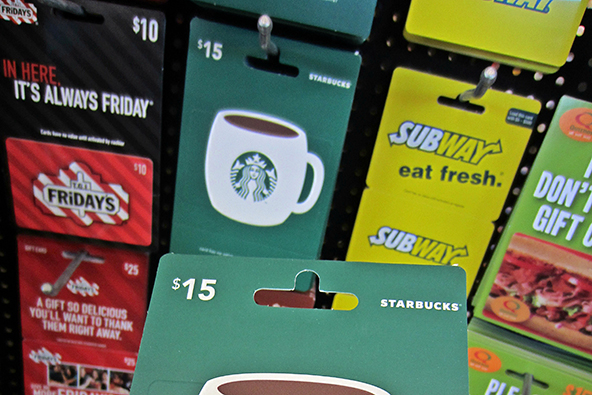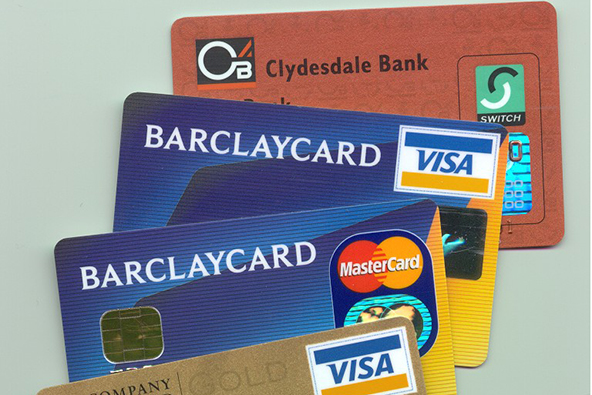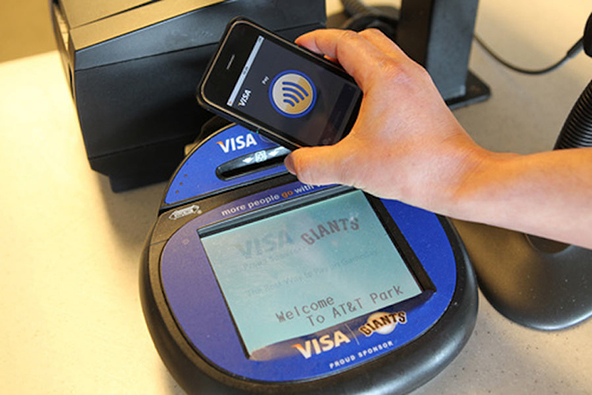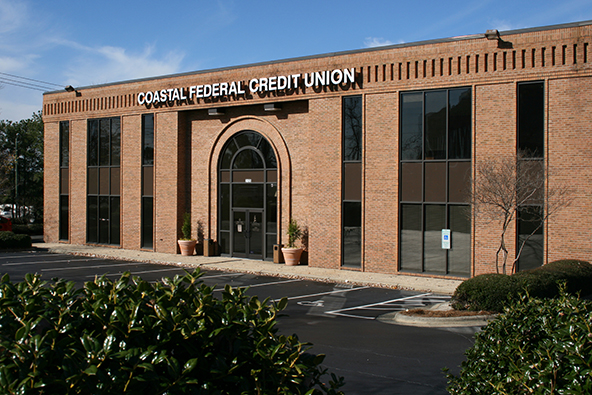11 Prepaid Card Facts You Should Know

Our posts on prepaid cards are getting more retweets than anything we have previously written on any other subject on this blog, so I thought I could do worse than write yet another piece on the subject. And there is a lot more to be said.
Moreover, now that the holiday shopping season is upon us in earnest, it is probably the best time to be writing about prepaid cards, because in their gift card guise they are one of the most popular gift items. So here are eleven facts about prepaid cards that will help you better understand what makes the fastest-growing type of payment cards unique and perhaps even explain why people love them as much as they do.
11 Prepaid Card Facts
1. All types of prepaid cards operate on the same principle: a certain amount is credited (“loaded”) to an account linked to a card, which is subsequently drawn down with each purchase.
2. Each card issuer independently develops the specific features of their prepaid card programs, including maximum and minimum value limits, fees and terms of use.
3. Prepaid programs can be divided into three general groups: open-loop, closed-loop and hybrid:
- In an open-loop program, the cards bear the logo of a payment network (Visa, MasterCard, etc.) and are accepted and processed at any merchant location that accepts this brand’s other cards.
- In a closed-loop program, card acceptance is limited to specific locations. The best example is a gift card that is issued by a merchant for use only in their stores.
- In a hybrid program, card acceptance is expanded to a wider range of unrelated merchants, but there are limiting requirements (for example a requirement for the merchants to be located within a specific shopping mall).
4. Prepaid cards can be reloadable or non-reloadable:
- Reloadable cards allow users to increase the card’s balance.
- Non-reloadable cards can only be used until the initially-loaded balance is exhausted.
5. Prepaid cards can be used for various purposes, including as:
- Gifts.
- Voucher replacement.
- Personal spending cards.
- Payroll cards, which some employers use to pay their “unbanked” employees (those without a bank account).
- Electronic benefits transfer (EBT) cards that provide their users with access to food stamps and similar government programs.
- Flexible spending account (FSA) cards that give employees access to funds for medical bills, mass transit and other types of purchases.
6. Prepaid cards look and work like a debit or credit card at the checkout.
7. If the balance on a prepaid card is insufficient to complete a purchase, the merchant can still draw the available funds and accept another form of payment for the remaining balance. This type of transaction is known as “split-tender.”
8. Prepaid cards can be personalized to display the cardholder’s name. To get a personalized card, you need to order it online.
9. Some prepaid programs provide zero liability protection for lost and stolen cards. Typically, these are open-loop programs and cardholders are required to register their cards with the respective payment network.
10. Some prepaid cards can be used at ATMs, but gift cards cannot.
11. Prepaid cards do not affect your credit score in any way.
The Takeaway
Prepaid cards occupy a niche that is largely outside the domains of credit and debit cards. That makes them uniquely well suited for some purposes, such as gift giving or EBT distribution, but it also left them largely neglected by regulators when the CARD Act was being put together. As a result, prepaid programs can vary significantly.
Before you purchase a prepaid card, make sure that you read the terms and conditions, understand the fee structure and any minimum or maximum value load requirements that may be applicable.
Image credit: Flickr / 401(K) 2013 .



To say regulators “largely neglected” prepaid cards is very misleading. Unlike debit cards where a card is linked to a customer’s checking account, a prepaid card is linked to a pool account where money linked to other cards are also kept. This is why prepaid cards are not subjected to the same interchange fee restrictions that debit cards are. This is a necessary move for financial institutions because the interchange fees are the offset for fraud losses experienced. What was lost in the Durbin Amendment discussion was the explosion in fraud losses, which resulted in the escalation of interchange fees.